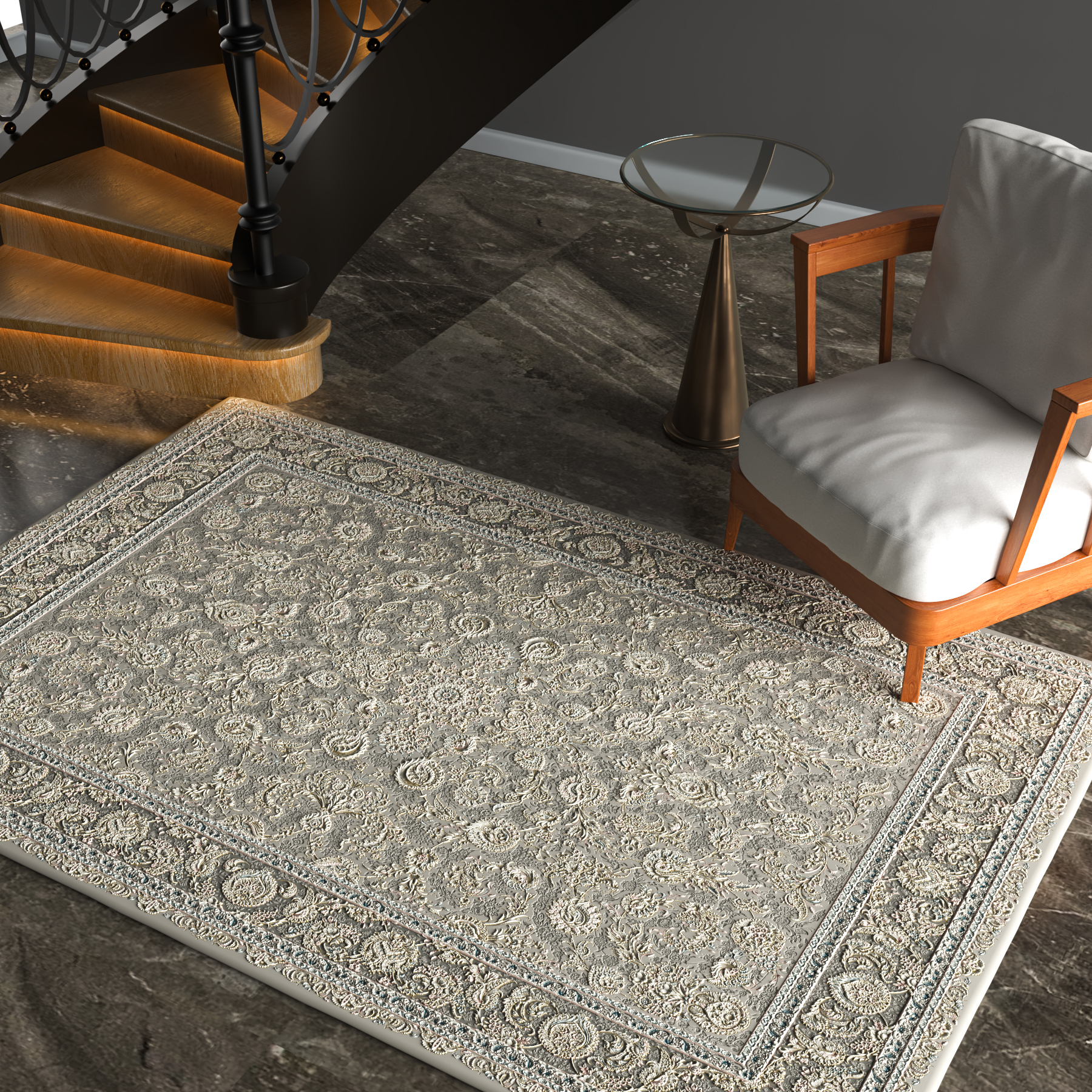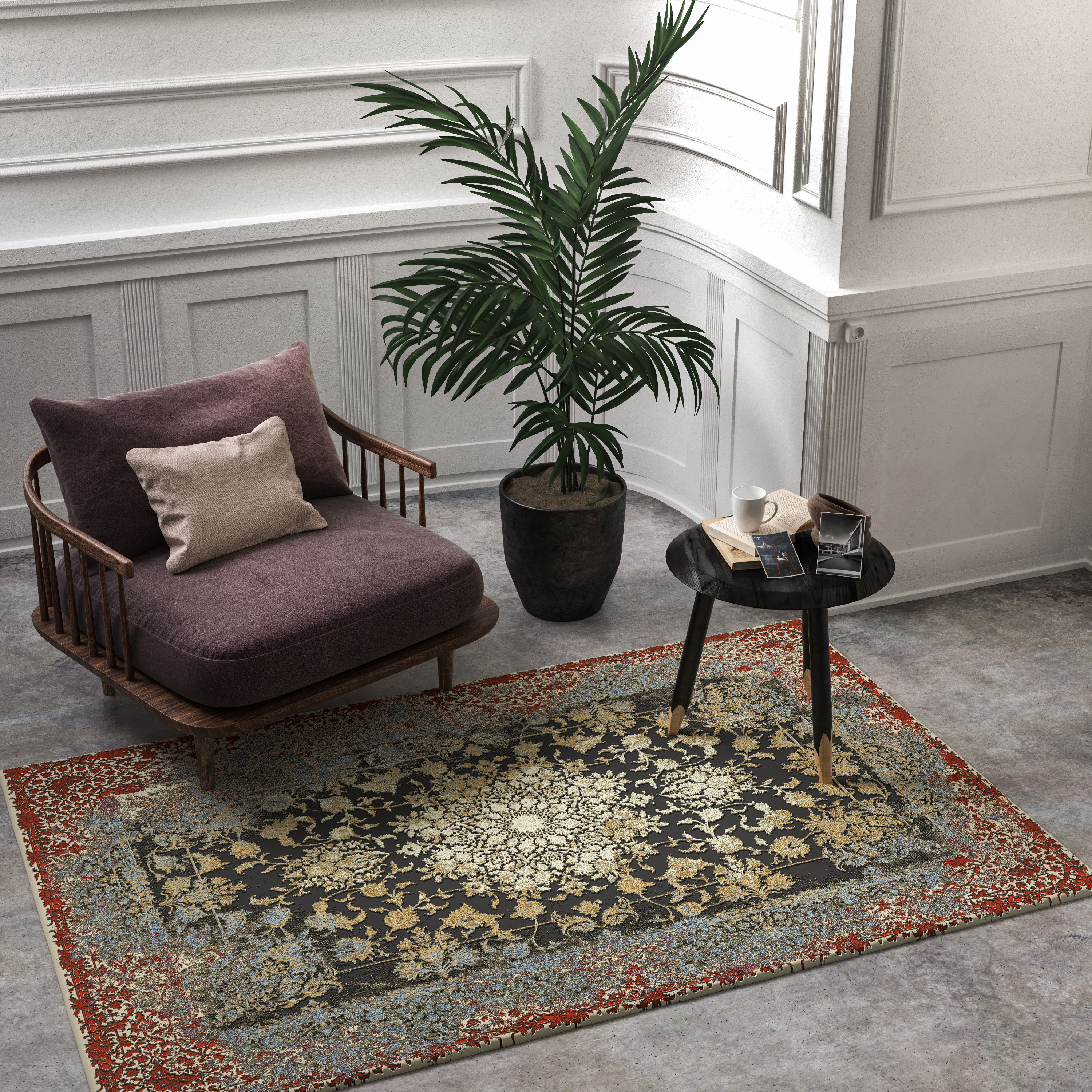Journey Through the Threads of History: The Origin and Evolution of Carpets Worldwide (With a Focus on the Persian Rug)
The roots of the rug industry began with simple reed mats used by nomadic tribes across Asia and reached the peak of royal splendor in the courts of Persian kings. There is no firmer testament to this evolution than the Pazyryk Carpet, a masterpiece dated to be 2,500 years old, whose motifs correspond precisely with the stonework and reliefs found at Persepolis. This provides strong evidence that the art of carpet weaving had already reached a state of perfection during the Achaemenid Empire!
Meanings of Warm, Cool, and Neutral Colors in Interior Design and Rugs
Color plays a fundamental role in interior design, shaping the atmosphere, mood, and character of any space. The right choice of colors can make a small room feel larger, add warmth to a cold environment, or bring calm to a busy setting. A thoughtful mix of warm, cool, and neutral tones creates harmony and balance, making interiors both visually appealing and functional.
Elements of Persian Carpet Design and Their Meanings
Persian carpets, as one of the most prominent symbols of Iranian art and culture, feature unique design elements, each with a distinct name, historical origin, and symbolic meaning. Below, we will explore the main components of Persian carpet design, including the medallion (Toranj), corner pieces (Lachak), borders (Hashiyeh), pendants (Sartoranj), fringe (Risheh), floral motifs, spiral patterns, and the famous Shah Abbasi flower.
Symbols and Meanings of Animals in Persian Carpets
This article seeks toexplore the animal motifs used in Persian carpet design. These symbols not only enhance aesthetic value but also carry cultural, mythological, and spiritual meanings. Studying these motifs can provide a deeper understanding of Iranian history, beliefs, and artistry.
Comparison of Acrylic and Polyester Machine-Made Carpets: Which is the Better Choice?
When it comes to purchasing machine-made carpets, the first consideration is often the type of pile yarn used. Acrylic and polyester are two popular materials in the market, each with its own advantages and limitations.









